Magnum photographers challenged to picture Swiss democracy
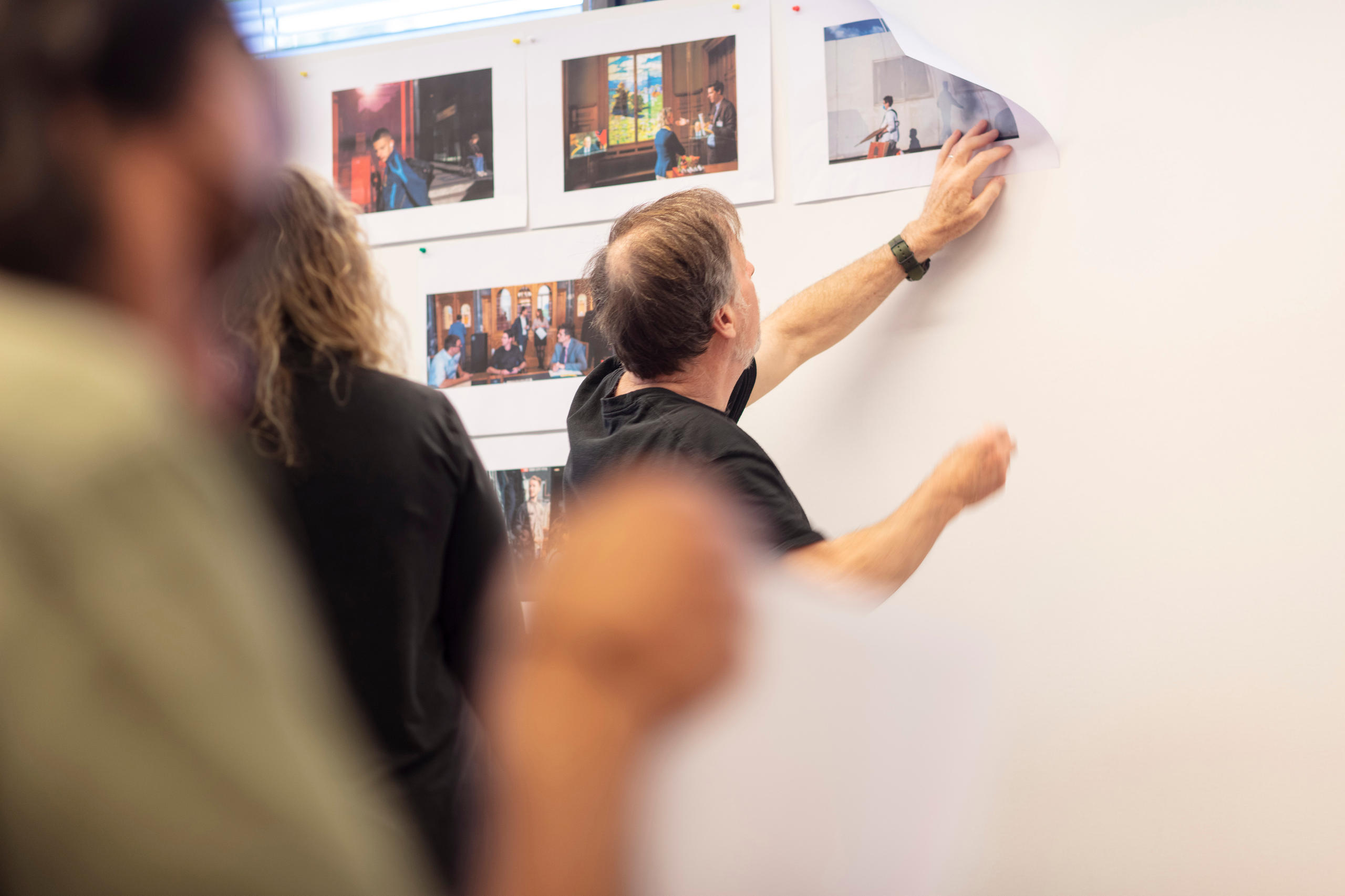
A team of four photographers from the prestigious Magnum agency arrived in Bern last month for one of their most challenging assignments. Used to roaming the hottest crisis zones of the planet, they now brace themselves to document the placid workings of Swiss democracy.
Next year Switzerland will celebrate the 175th anniversary of its first federal constitution (1848), and the founding of a parliamentarian system based on values still debated to this day such as direct democracy and neutrality. To mark the date, Melody Gygax, Magnum Photos cultural agent in Switzerland, teamed up with the Swiss documentary film maker and photo book publisher Reto Caduff to develop a project which comprises an exhibition, a photo book, a documentary film, and a LiveLabExternal link – a residency program for a small Magnum team.
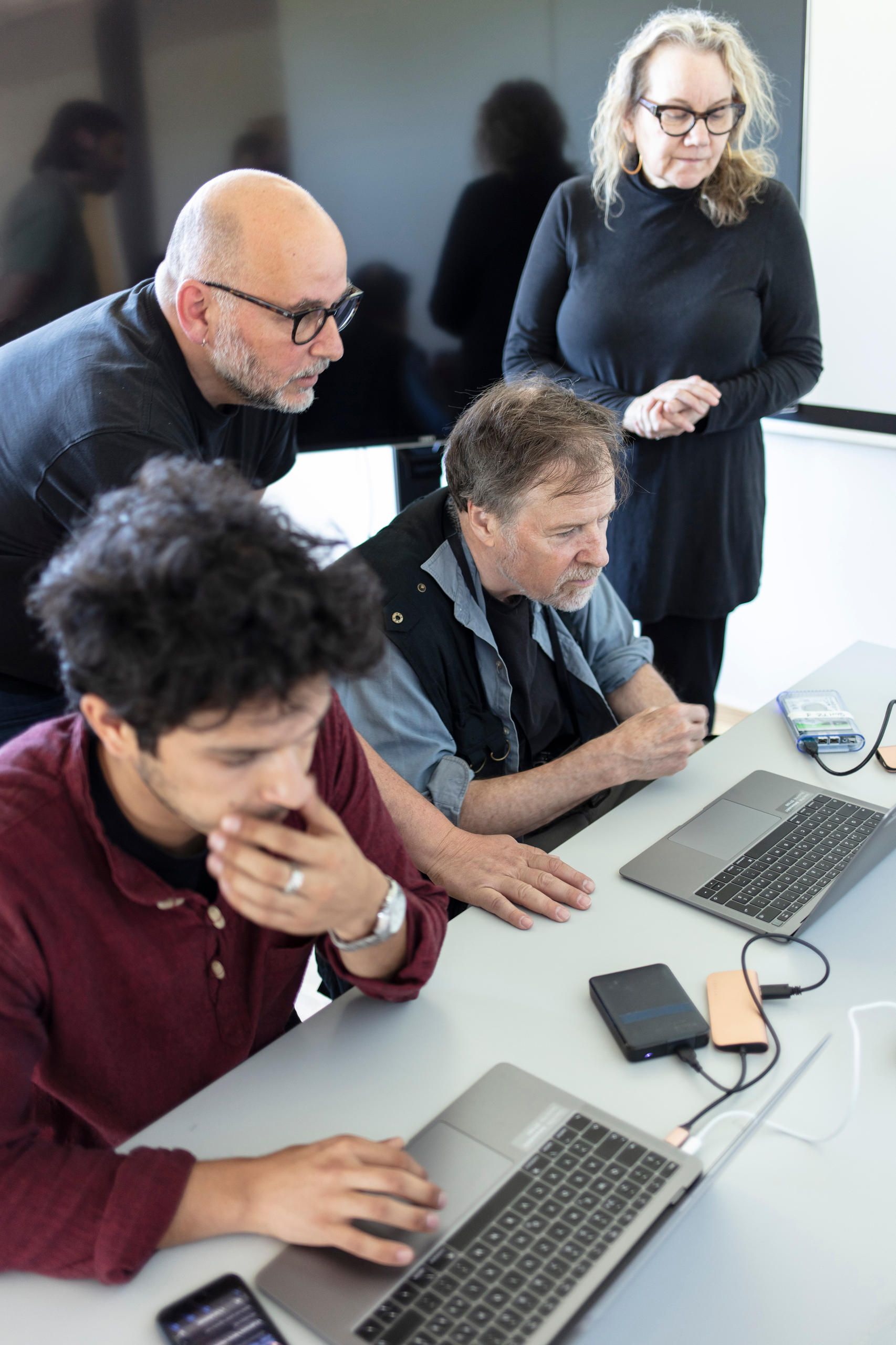
They named the project “Sessions”, in reference to the focus of their assignment: the summer sessions, held from May 30 till June 18, of the Swiss parliament in Bern – arguably not the most exciting city on Earth.
With the approval from the agency’s office in Paris, “Sessions” started in June. The four Magnum photographers have very distinct practices, approaches and are from different generations. SWI swissinfo.ch met them during their residency [see photo gallery at the end of this page].
The petty rich
The Iranian Newsha TavakolianExternal link is the youngest in the group, and probably the most precocious. She started her career at 16 in the Iranian women’s magazine Zan; aged 18 she was the youngest photojournalist documenting the student rebellion of 1999 in Teheran.
Since then, she’s been active all over the world, notably in Iraqi Kurdistan, Colombia, and Syria. Her images developed into a unique artistic language; they appeared not only in international media including The New York Times, Le Monde, Stern,National Geographic, but were also acquired by the Victoria & Albert Museum (London), the British Museum, and the Boston Museum of Fine Arts, among others.

Asked about her first impressions of the Swiss capital – SWI swissinfo.ch met her on the third day of the assignment in Bern – Tavakolian said she was still grasping the peculiar behaviour of the local population. In many aspects, Switzerland is an antipode to her native Iran, or to any country where trains don’t run on time. “I notice however that in this very rich and stable society, people tend to get stressed by very petty things,” she says.
Democracy is on the street
On the opposite side of the age spectrum, the American Alex WebbExternal link, 70, is an “old school” photojournalist, with several books published on his wanderings around the four corners of the planet. Based in New York City, Webb says that he is now more sensitive to the social and political upheavals in the United States. So, this assignment covering the Swiss parliamentary system strikes a chord with his concerns for the state of democracy in general, reminding us that we cannot take political freedom for granted even in the richest countries.
As for what he expects to find in Bern, Webb says that he doesn’t intend to limit his lens to the parliament building: “I want to photograph the people in the streets, because it is in the streets that democracy really lives.”
The Swiss constitution and the paper trail of Swiss democracy are in the focus of the Spanish Cristina de MiddelExternal link, the third photographer. After many years living in Mexico she moved a few years ago to Salvador (Brazil), but Switzerland is not too foreign to her. “My father grew up near Lausanne and we used to spend most of our holidays here. He really loved this country,” she tells us. This is the first time she has come to Bern.
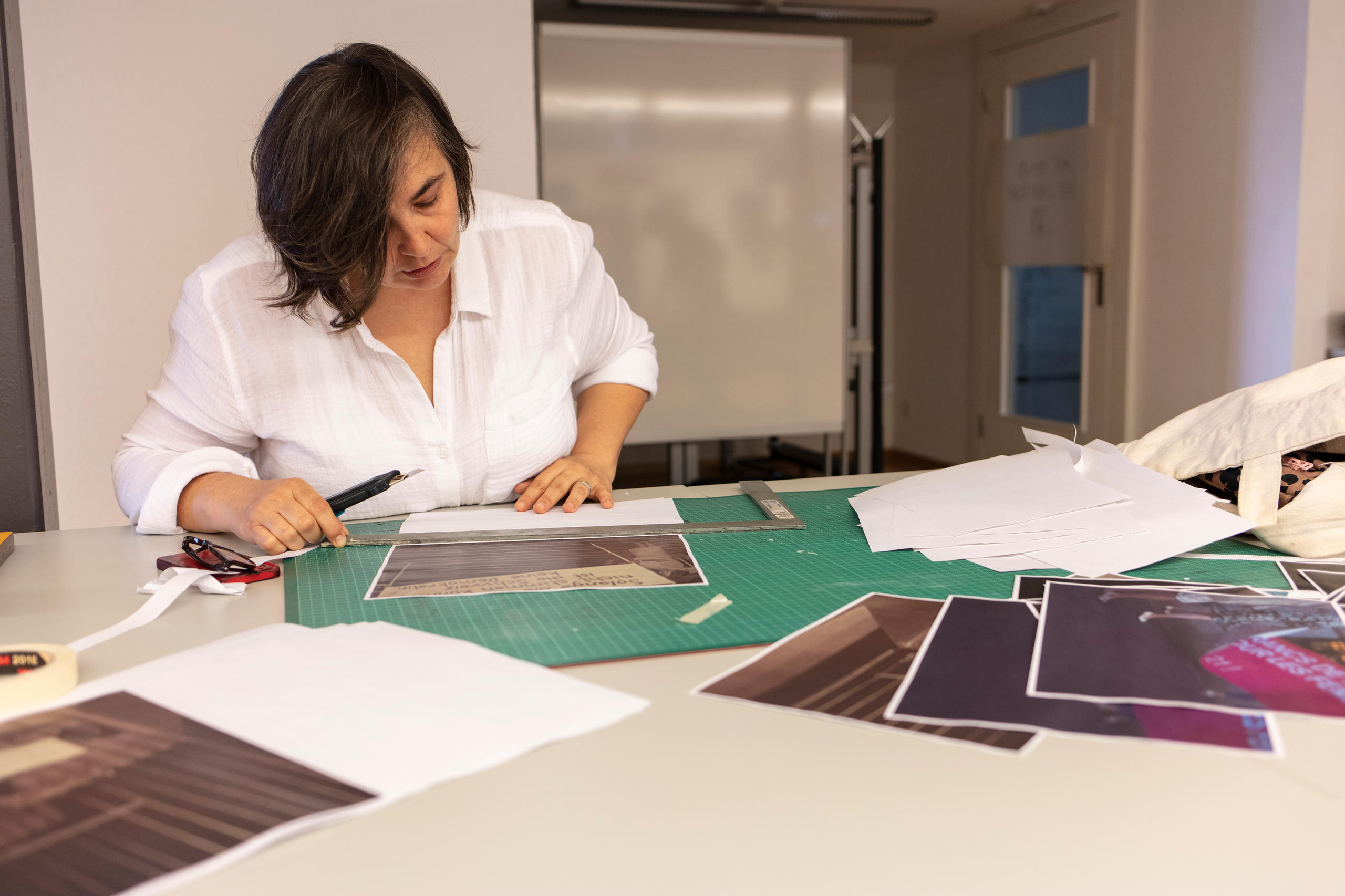
Her work, developed from more than ten years’ practice in photojournalism, has driven her to projects closer to conceptual art. She’s not afraid of staged pictures when they play a role in the storytelling and in the perception of the viewer, such as in her “The Afronauts” project (2012), which reenacted the Zambian space programme of the 1960s.
When we met her, De Middel was spending most of her time in the Swiss capital in the National Archives in Bern. She was amazed by the speed with which she was granted access to the original documents of Swiss democracy. “In just a matter of a few hours, there I was with the original Swiss constitution in front me,” she recalls.
Jamming in pictures
The Italian Alex MajoliExternal link, 51, is no stranger to dangerous assignments. In the early 1990s he cut his photojournalistic teeth in Yugoslavia, and later covered the fall of the Taliban regime in Afghanistan and the American invasion of Iraq. In between wars, Majoli also invested in deep photographic incursions on a home for the mentally ill in Greece (1994), a personal project in South America (Requiem in Samba, 1995), or the life in port cities around the world (Hotel Marinum, 1998).
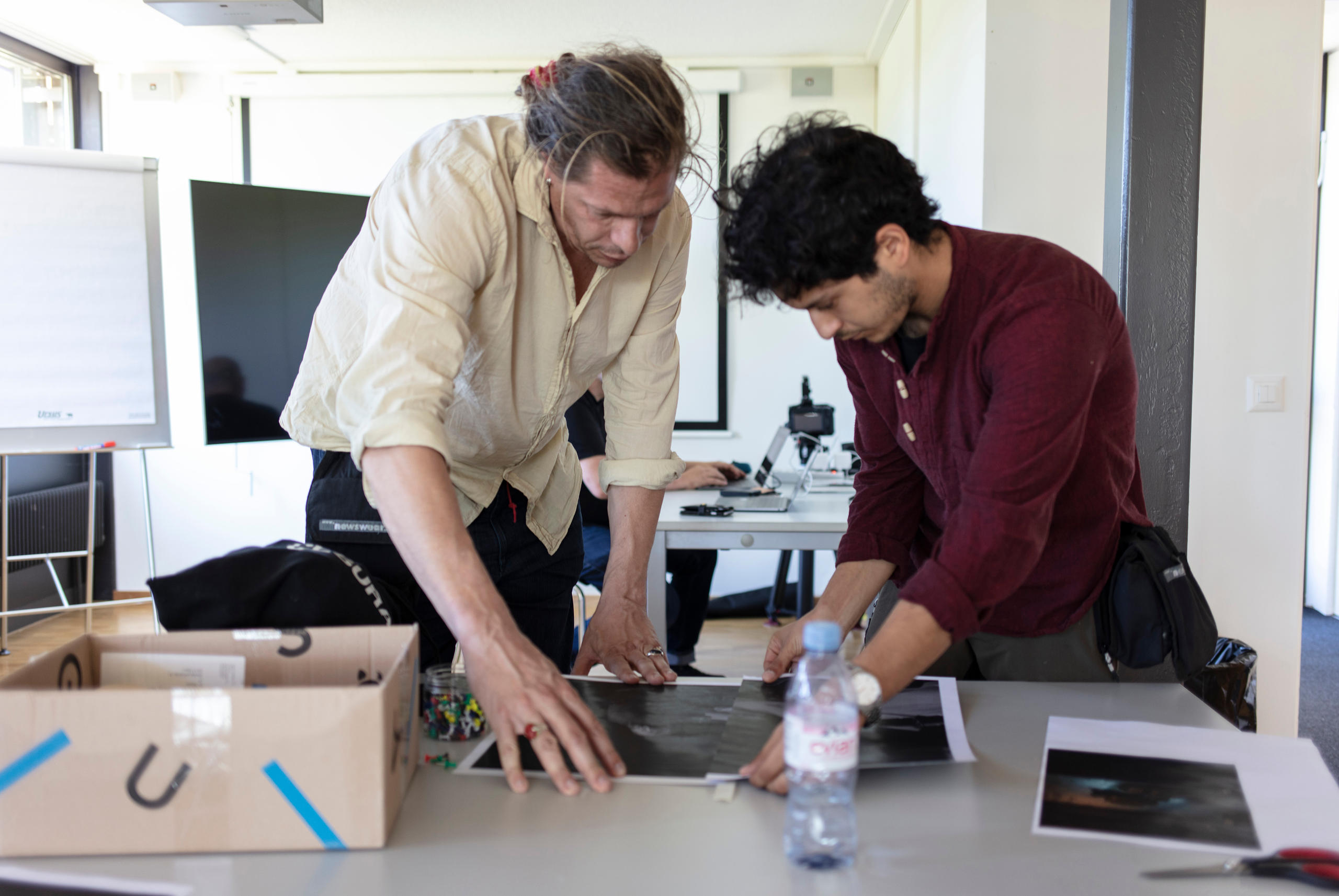
Living between New York City and Sicily, Majoli had already taken part in another Magnum LiveLab, in Russia. The principle of the LiveLabs is based on the collaborative work of four different artists, perspectives, and visual languages. More interestingly, the LiveLab is a transparent process where interested viewers can be present during the production of the works and interact directly with the photographers.
Majoli shows a big enthusiasm for the concept. “I used to play guitar in a band, and this is for me like a photographic jam session,” he says.
Edited by Virginie Mangin

In compliance with the JTI standards
More: SWI swissinfo.ch certified by the Journalism Trust Initiative
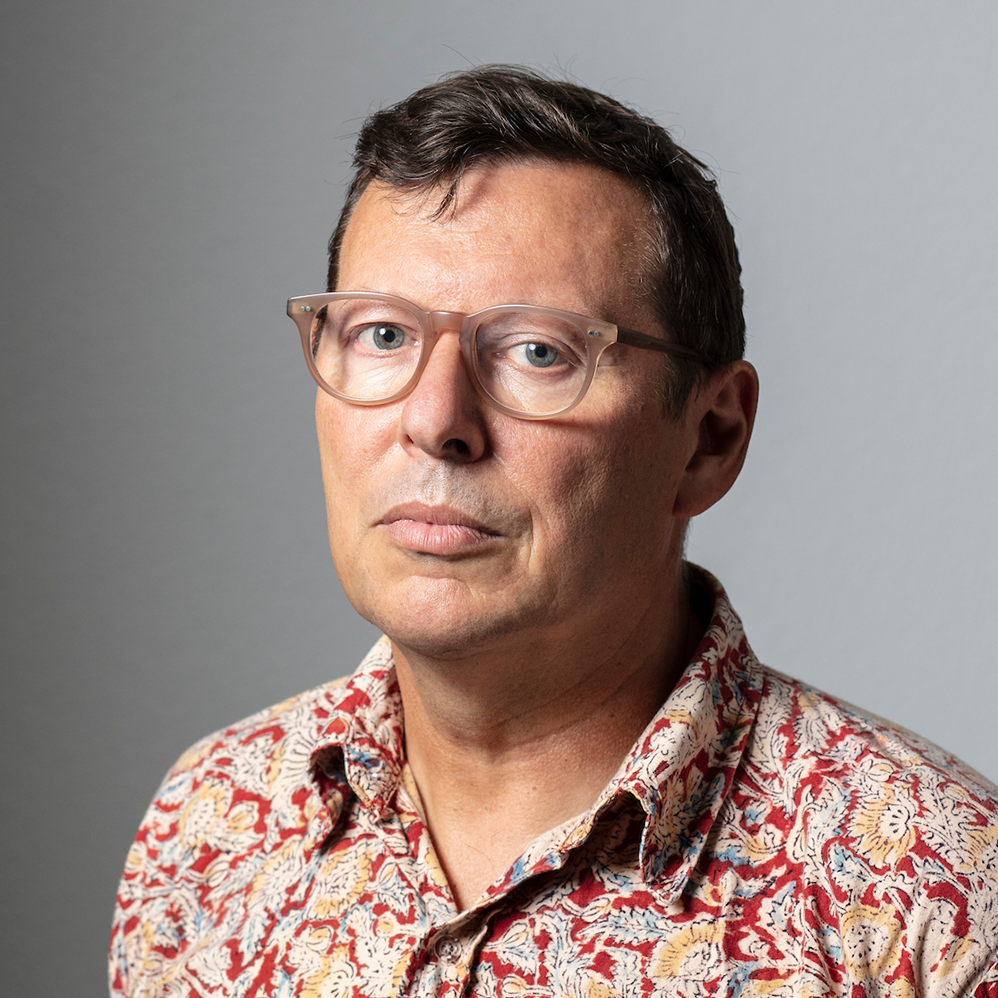
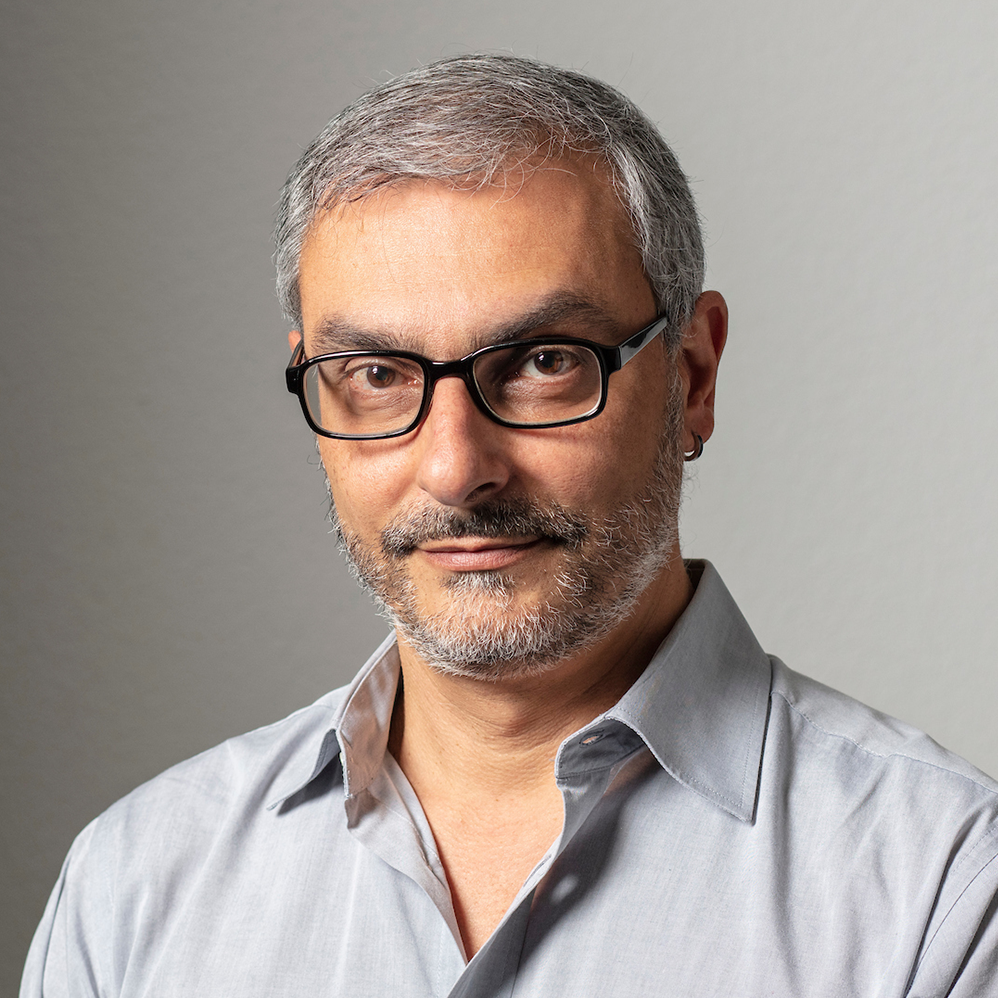
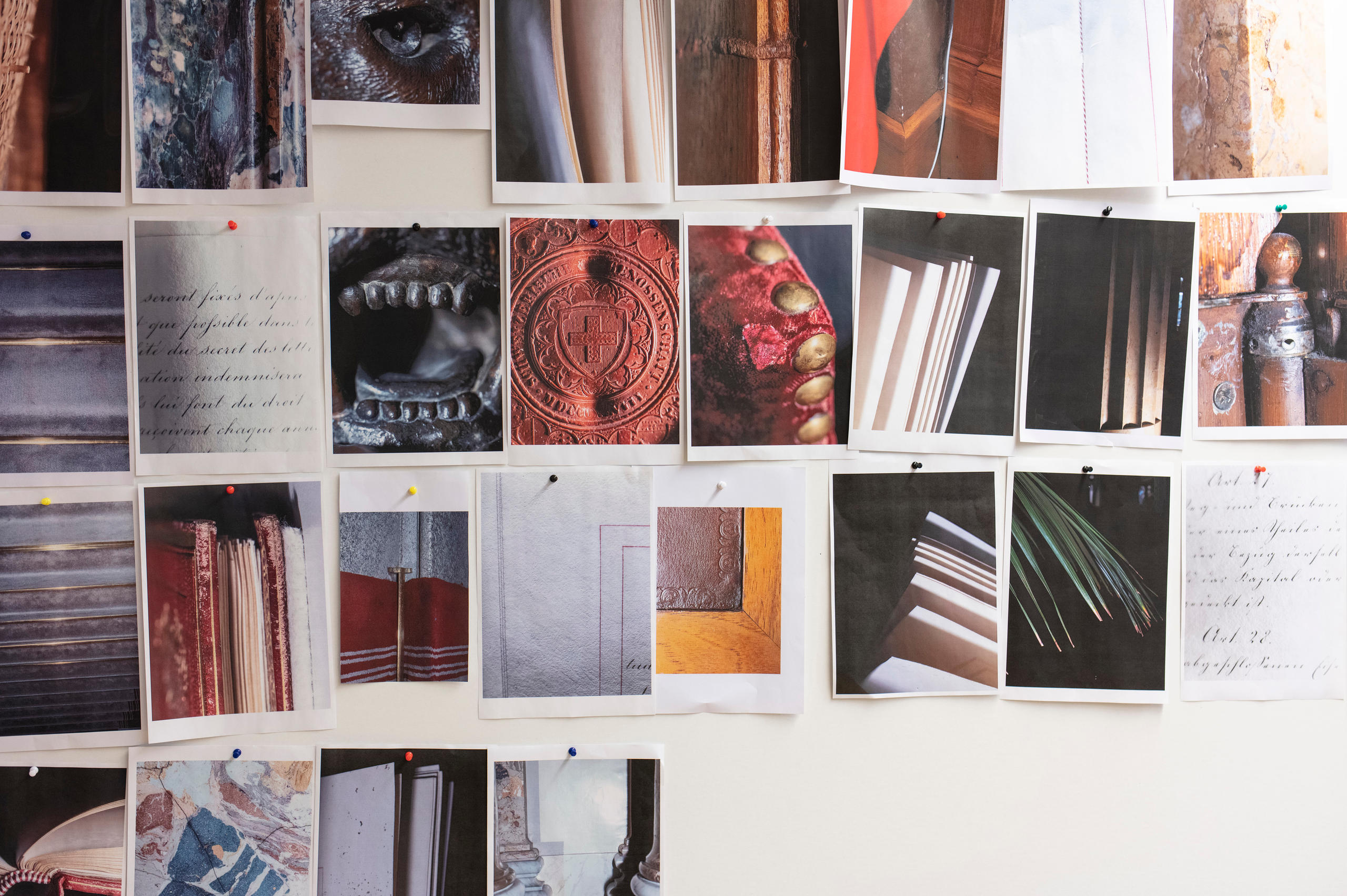
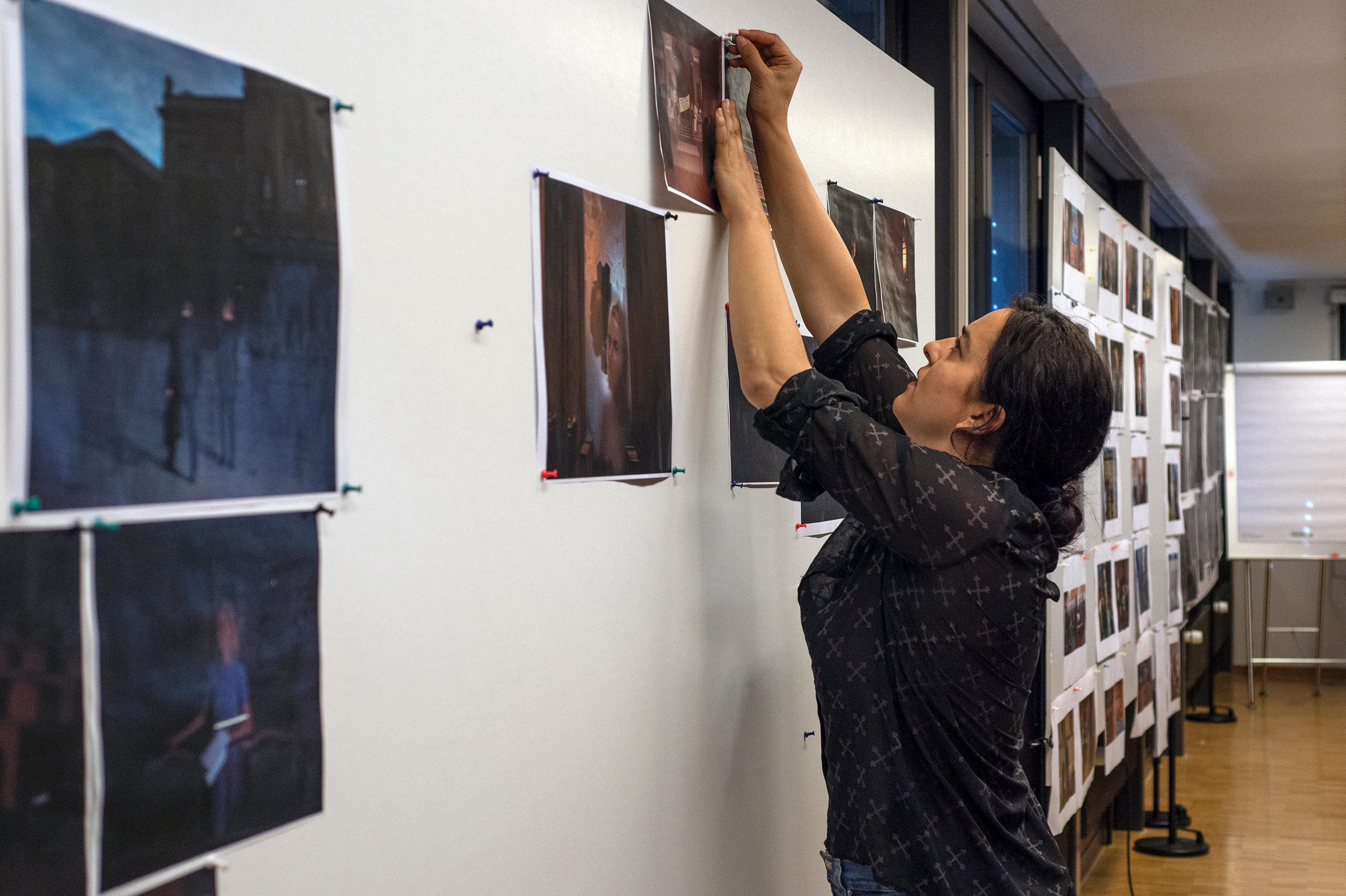
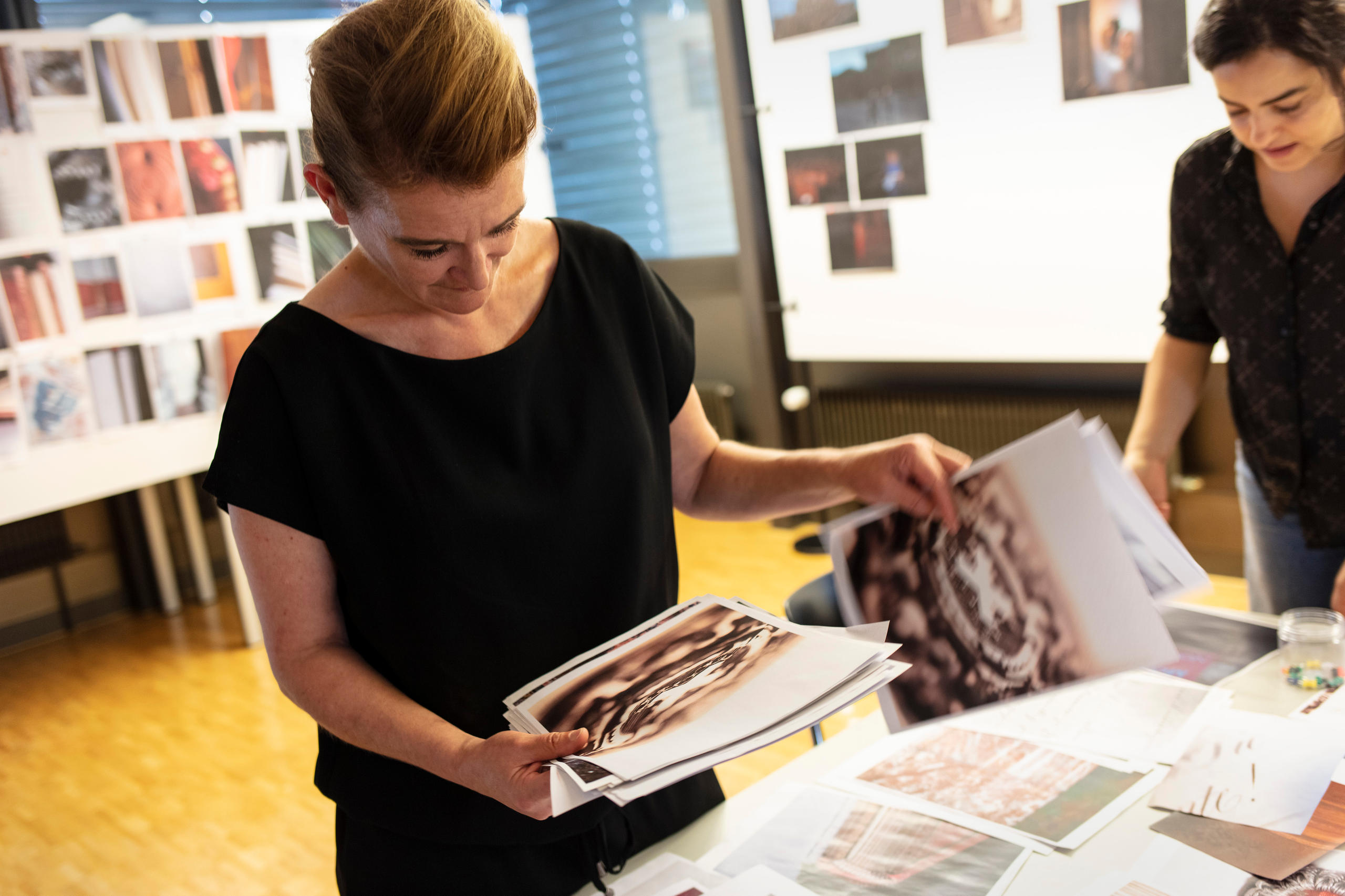

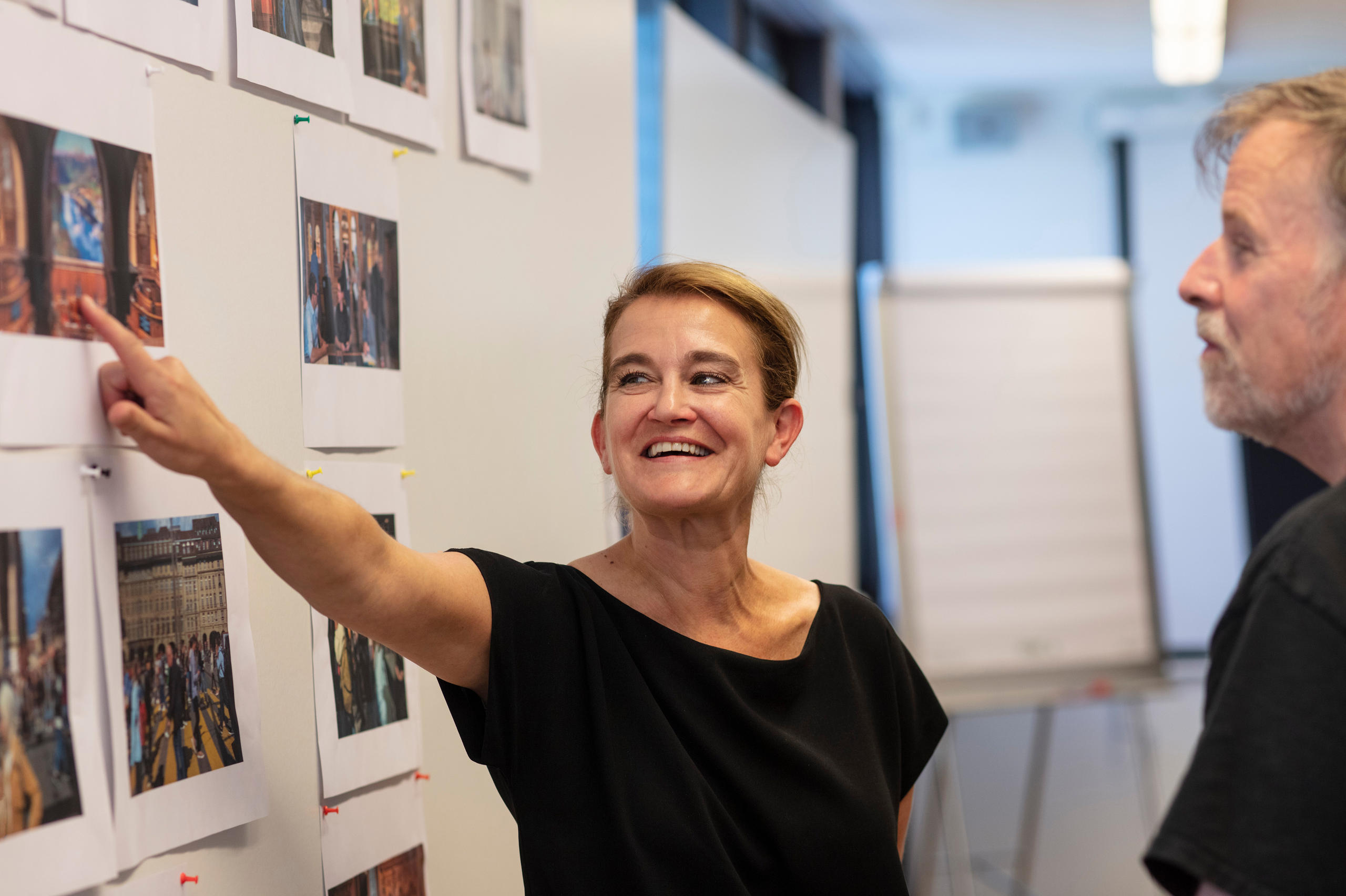
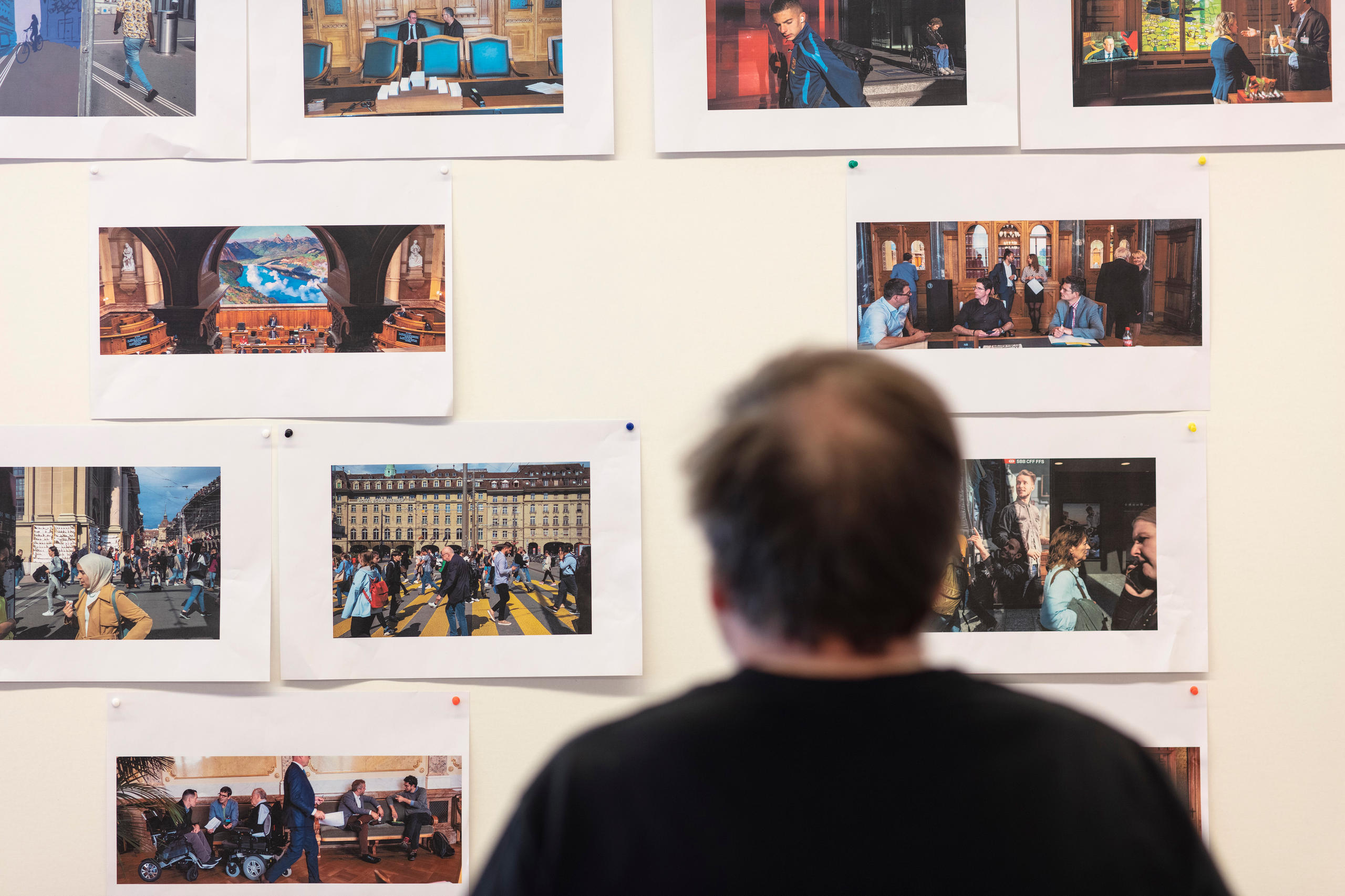
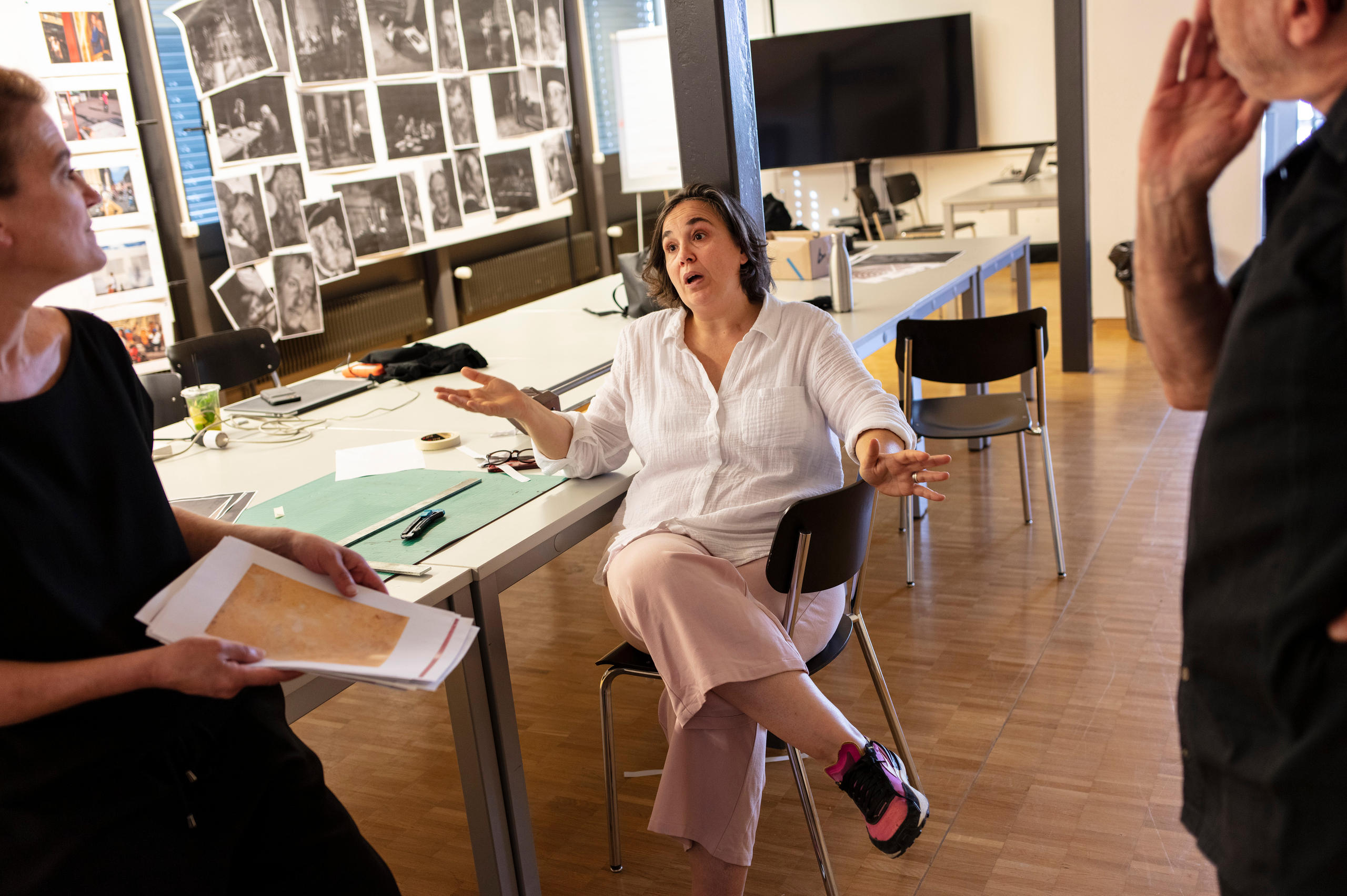
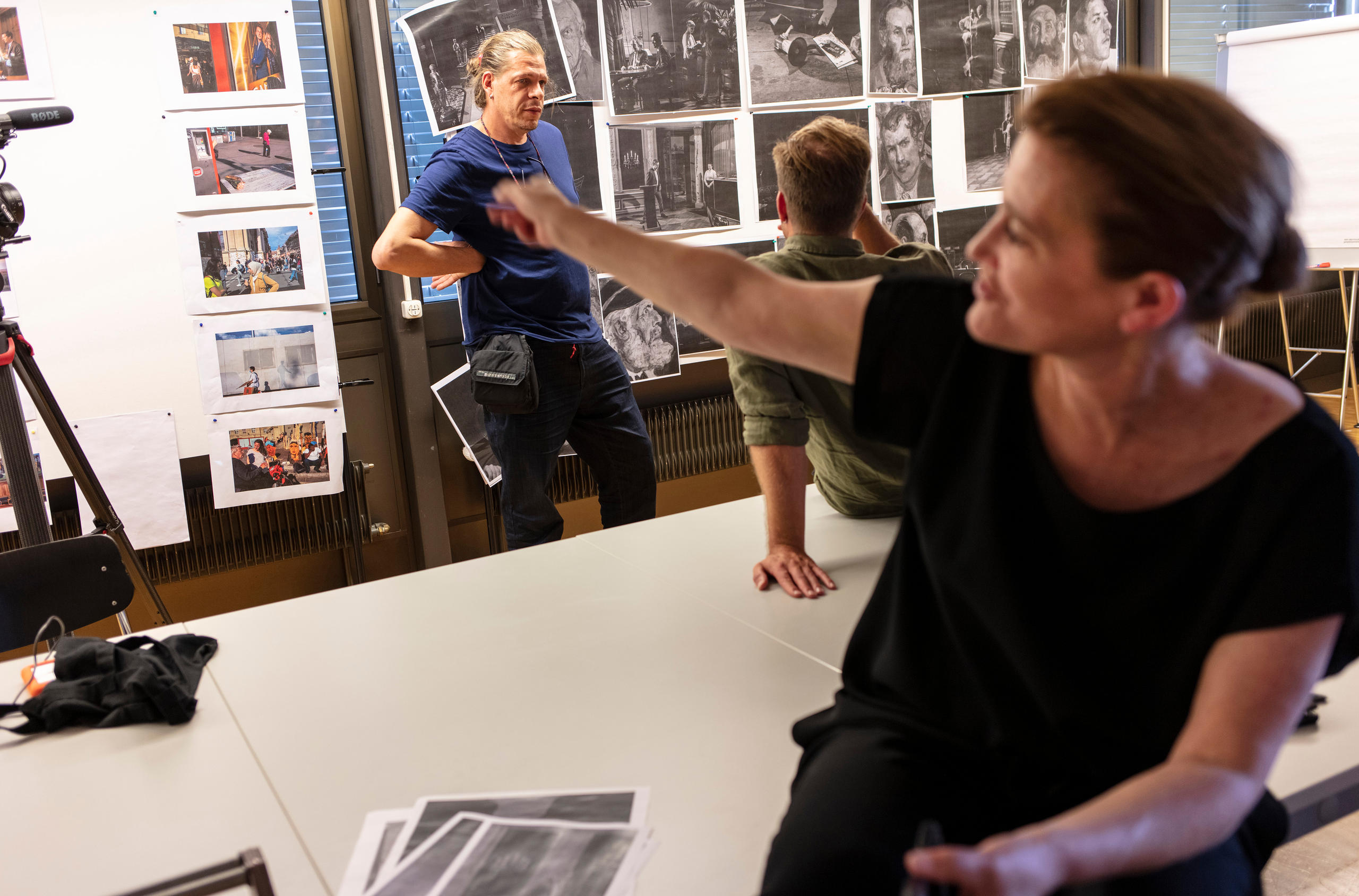
You can find an overview of ongoing debates with our journalists here. Please join us!
If you want to start a conversation about a topic raised in this article or want to report factual errors, email us at english@swissinfo.ch.